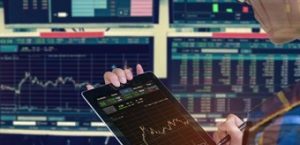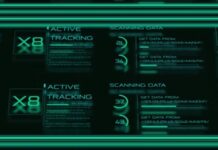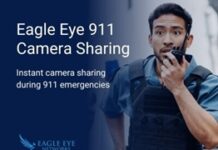
The real-world applications of predictive analytics range from streamlining basic services to forecasting profitability. According to Stuart Rawling from Pelco by Schneider Electric, “the logic behind predictive analytics is simple: the more data acquired, the more accurate the prediction.”
“As we continue to push the frontiers of data science, predictive analytics continues to gain momentum” says Rawling. Data scientists are making increasingly accurate predictions about unknown future events, making our world less uncertain. For those who are new to the concept, predictive analytics draw from methods that include big data, data mining, machine learning, and statistical modeling. Assumptions and forecasts are made based from trends and patterns contained within the data. Models are formulated based on a set of conditions, guiding the user toward a desired outcome, essentially mitigating risk associated with an unpredictable outcome.
Retailers, for example, use predictive models to make purchasing decisions and determine merchandise layouts to maximize sales. The healthcare industry is beginning to use big data and AI to provide patients with treatment plans and granular diagnoses. The travel industry is known for using predictive analytics to set ticket and room prices based on how many travelers are forecasted for a given day.
Rawlings explains that with advancements in surveillance technology and robust data streams, security or law enforcement professionals can now be immediately alerted when incidents occur and more importantly, provided with a host of relevant information that can reduce response times and increase crime “clearance” rates.
Predictive analytics can be used to sift through bulk data looking for patterns and unusual events. For example, video data could be searched looking for suspicious behaviour automatically and reports of any unusual incidents can be presented automatically to appropriate personnel. This tool can even map patterns of criminal activity within a community over time, helping prevent incidents before they start and allowing law enforcement to use resources efficiently. Predictive analytics in the surveillance sector provides a wide range of applications in civic life and private industry including city traffic, sports venues, oil and gas, healthcare, retail, transportation hubs, and more.
Detecting and preventing ATM fraud can be a unique challenge for security officials. For example, an individual frequently visiting an ATM in the span of one day can be flagged as suspicious behavior by an intelligent surveillance solution that incorporates predictive analytics capabilities. Once detected, the camera can issue an alert to bank security operators, who can then investigate such breaches.to find out whether a card skimmer is being used to steal money.
It is Rawling’s view that although the potential value of predictive analytics is still growing, many of today’s video management systems are only just starting the journey into using more than just video as a data source. “Having an open-platform system is a critical element that contributes to the adoption of new technology. In the case of predictive analytics, there are a multitude of diverse systems and forms of data that will need to integrate and communicate with one another to accurately predict specific outcomes. What’s more, the use cases for this are expanding far beyond traditional sources of physical security information.”
Pelco is aiming to pave the way for predictive analytics capabilities with technologies such as motion-based tracking in the Videospert platform and other innovational surveillance industry solutions.












